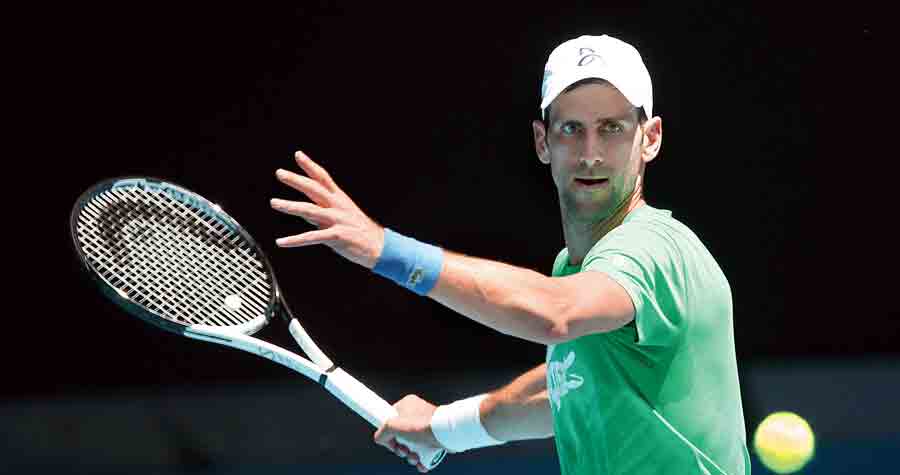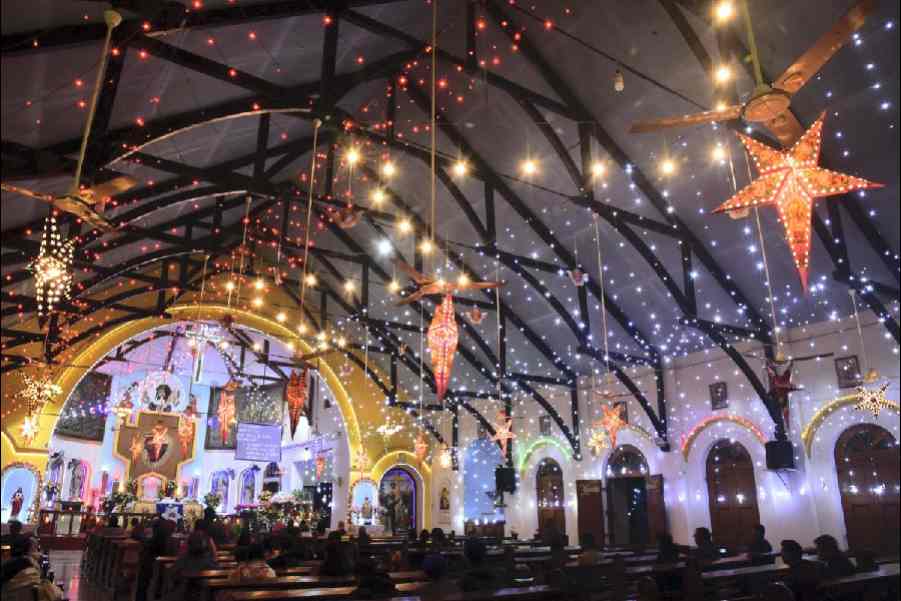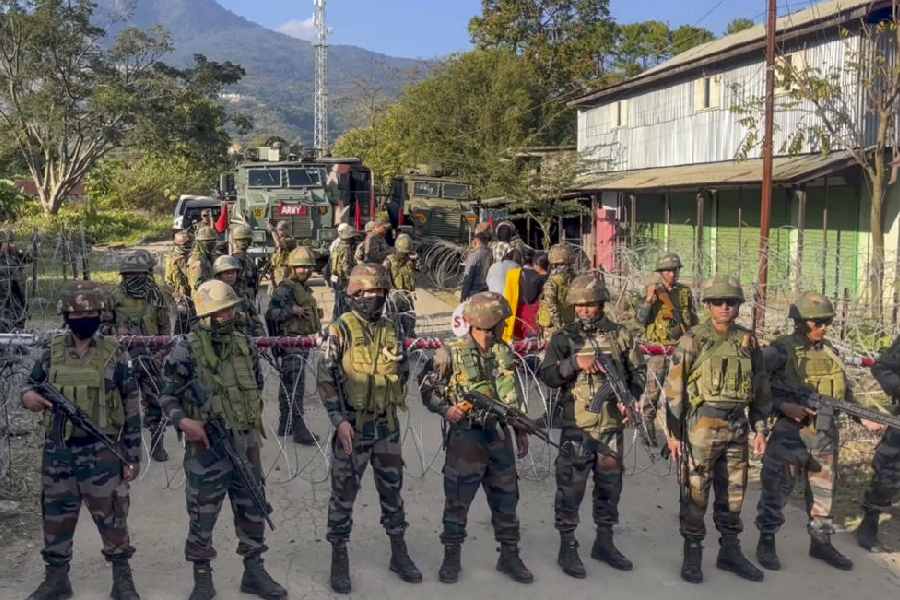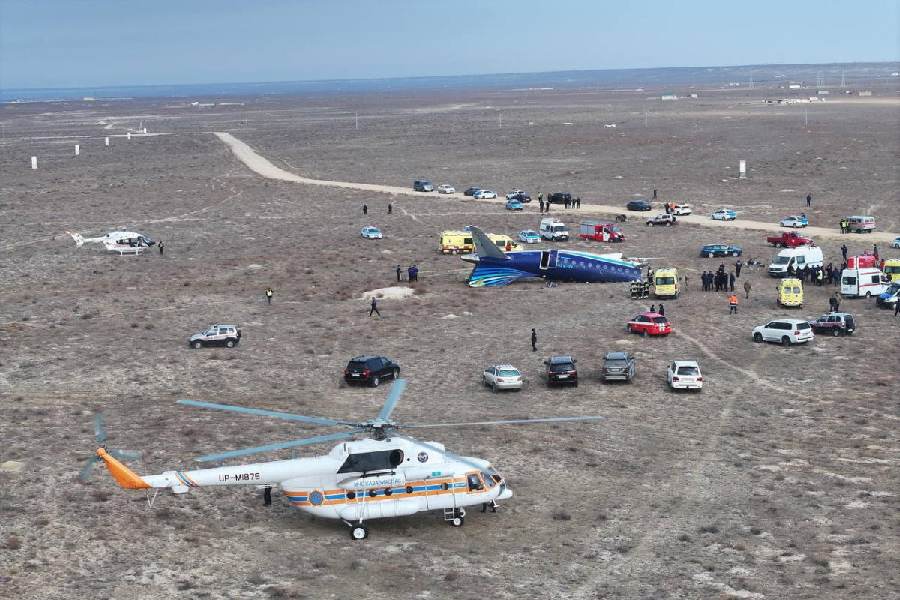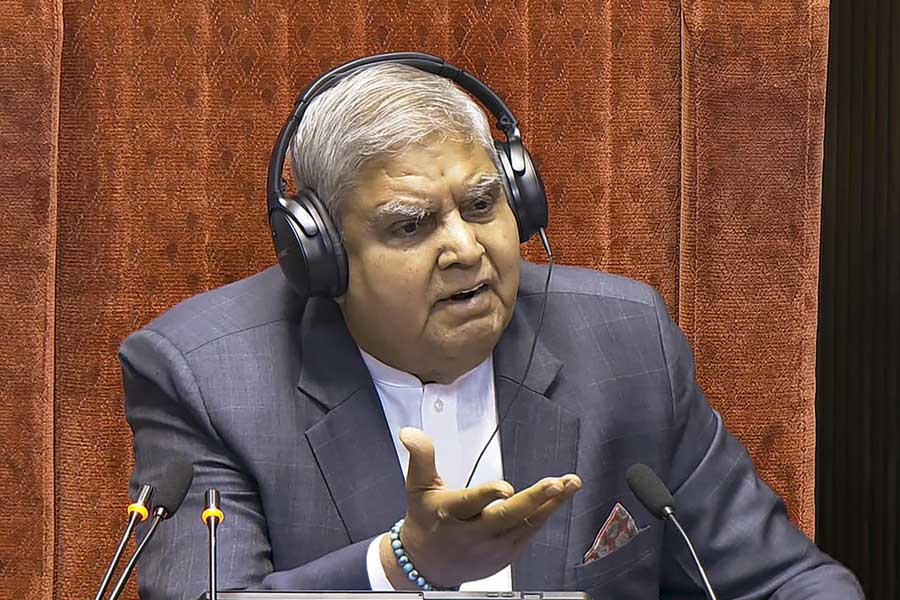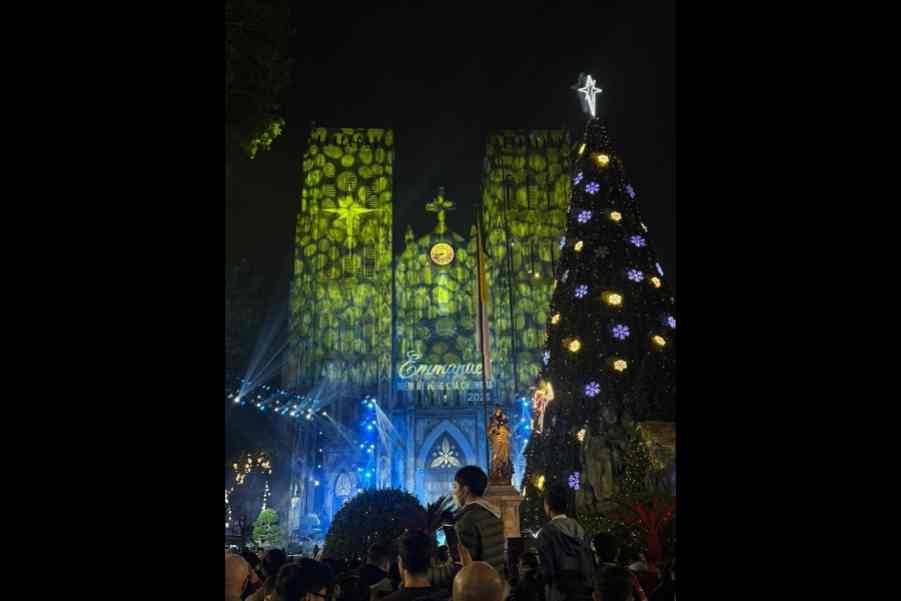On the outside courts, spectators were seeking refuge and cool drinks on Thursday as temperatures spiked to over 32 degrees Celsius. Players exchanged shots and grunts in qualifying matches, hustling to make the most of their long journeys.
But however familiar the sun-drenched scene is, this already has been an Australian Open like no other, even though the main event does not begin until Monday.
All story lines, all prologue, have been thoroughly overshadowed by Novak Djokovic’s duel with the Australian government over whether he will be allowed to remain in the country and chase a 10th Australian Open singles title.
Thursday brought no resolution: only more speculation and the administration of the Australian Open draw, which despite a delay of more than an hour was ultimately conducted smoothly, with Djokovic placed in his now-familiar spot at the top of the bracket.
Although Alex Hawke, the Australian immigration minister, has the authority to revoke Djokovic’s visa and order his deportation, he has yet to say whether he will make that bold move. For now, Djokovic is scheduled to face Miomir Kecmanovic, a much younger Serbian compatriot, in the first round and could face Tommy Paul, a rising American, in the second round.
“I’ve never seen anything like this,” said Brad Stine, Paul’s coach. “It’s obviously not good in so many different ways for the Australian Open or for our sport.”
It was also avoidable. Djokovic is one of only a few top 100 players who have chosen not to be vaccinated against the coronavirus, and his decision to stick to that path, while so many of his peers have made a different choice, helped lay the groundwork for the standoff in Melbourne.
Unless there is some significant medical risk that he has yet to make public, Djokovic’s anti-vaccination stance seems a triumph of self-interest over the greater good and has put him and his sport in a tight corner.
Djokovic has been training at Melbourne Park, where he practised again on Thursday in the heat. But he has weakened his own case considerably this week, confirming that after testing positive for the coronavirus on December 16, instead of self-isolating, he met with the French journalist Franck Ramella on December 18 in Serbia.
Djokovic also claimed that his agent incorrectly filled out his Australian arrival documents, inadvertently checking a box that indicated Djokovic had not travelled internationally in the 14 days before his arrival in Australia when he had, it appears, been in Spain and Serbia.
Those missteps could be grounds for Hawke to cancel Djokovic’s visa anew, and the Spanish government is reported to be investigating whether Djokovic illegally entered Spain despite being unvaccinated.
But for now, Djokovic is in the Australian Open draw, and the men’s tournament is in limbo. “Limbo is the worst scenario for the tournament,” said Paul McNamee, a former Australian Open tournament director.
If Djokovic were to be kicked out at this stage, the draw would have to be reconfigured. According to grand slam rules, the No. 5 seed, Andrey Rublev, would move into Djokovic’s vacant slot in the draw. But if Djokovic’s withdrawal were to come after the order of play for opening day has been released, he would be replaced by a lucky loser – a player who had lost in the qualifying tournament and then been drawn by lot to receive a newly-open spot.
In McNamee’s view, “if Novak was going to be kicked out, the time to do it was before the draw.”
Grand slam draws certainly have been revised before. Andy Murray, initially seeded second at the 2017 US Open, withdrew with a hip injury after the draw had been completed.
But nobody in 2017 was questioning Murray’s right to compete. Djokovic is in a more delicate position, in part because some of his peers reluctantly agreed to be vaccinated, to respect the Australian Open mandate that no player would be allowed to compete without the inoculation or without clearing the high bar for a medical exemption.
Marton Fucsovics, Hungary’s top men’s player, was the first prominent singles player to speak out, maintaining that Djokovic should not be in Melbourne and that “there are rules that were outlined months ago.”
Stine, the coach, said some other players were in agreement. “I think there’s a fair amount of that sentiment, although people are unwilling or afraid to be too controversial and say it,” Stine said.
Stine said there was also concern that Tennis Australia and Craig Tiley, its chief executive, had gone too far in their support of Djokovic.
“Obviously Tennis Australia and Craig Tiley, they want Djokovic here competing, it’s good for their event,” Stine said.
The men’s draw had been delayed for 75 minutes, sparking speculation that Hawke and the Australian government were ready to make a decision on Djokovic’s visa.
The draw delay, according to the tournament referee Wayne McEwen, was not related to Djokovic but due in part to coronavirus testing issues involving another player, whom McEwen did not name.
But the focus was and will remain on Djokovic, and until there is resolution, the other Australian Open story lines are nothing but background.
(New York Times News Service)

